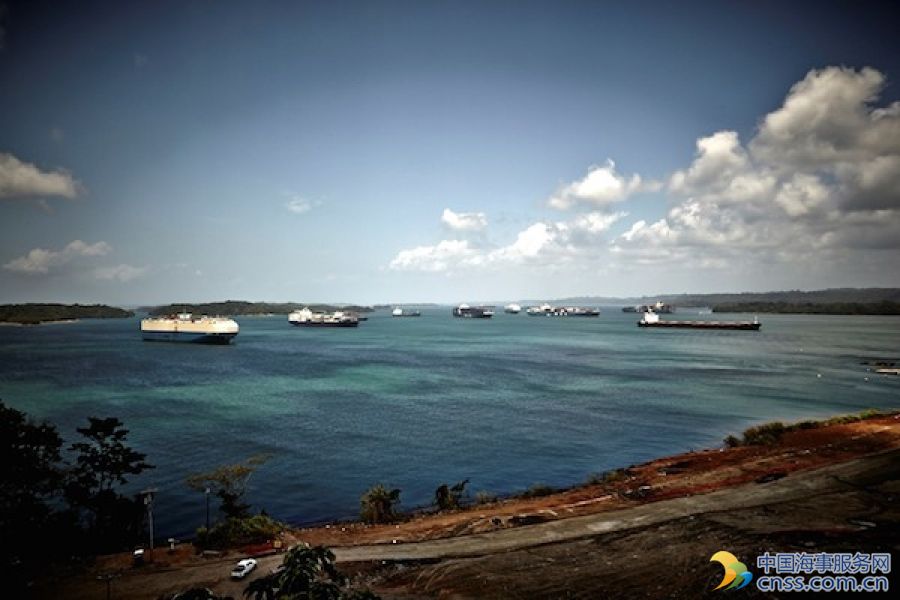Rampant European gas demand but no LNG

This week, the Italian and Spanish Day-ahead gas contracts hit €40/MWh ($12.34/MMBtu) with a gas system alert triggered in Italy as the spot premium to the Dutch TTF reached a five-year high.
The Spanish LNG assessment for March ’17 of $8.84/MMBtu became the most expensive in the global market.
Yet while Europe is seen as a sink for an oversupplied LNG market it appears that periods of surging domestic gas demand do not coincide with available cargoes, at least in the short term. LNG deliveries to Europe are unchanged or even down in certain countries.
Europe is suffering a period of cold weather. The southern French TRS zone was subject to a supply alert with a call from the system operator for LNG send out to be lifted. Greek electricity exports were halted, a move soon followed by Bulgaria, and Portuguese gas demand hit five-year highs.
Further north, gas hub prices in better-connected, more widely-traded markets rose but to a much lesser extent.
A lack of Qatari cargoes in the UK has limited LNG send out into the NBP as Qatar has other priorities.
But the impact is mitigated by British gas consumption which is still 25% down from peaks in previous years when gas-fired generation was in greater demand.
Despite the struggle to produce sufficient gas-fired power generation when faced by local gas bottlenecks, talks over LNG reloads at most northwest European terminals continued with several planned over the next two weeks.
The cold weather is expected to continue over the next 10 days in the south and southeast but could ease in the northwest which may widen gas price spreads further.
So why isn’t LNG playing a greater role in the supply mix?
One logical move would be to take reloaded cargoes from the north to the south, but current reload operations have likely been agreed to supply Middle East or Asian markets on a spot basis or to cover contractual requirements.
It seems unlikely that cargoes will soon arrive into the French Fos terminal because local cargoes are already committed to other buyers. But a southern European terminal could still be a good fit for a cargo from nearby Angola LNG.
The monthly schedule for Greece indicates a sharp increase in provisional deliveries to four, compared with the usual one or two. These will be supplied by Algeria under contract.
But system data shows the Revithoussa terminal can still only hold 110,000 cubic metres (cbm), despite plans to boost tank capacity to 200,000cbm by the end of 2016. This will limit the speed at which cargoes can arrive.
It also takes time to bring in LNG cargoes and the spike in prices may be over by February, currently the most prompt period under discussion by most LNG traders.
A vibrant US Gulf export market could take advantage of such price spikes in the future, as Spanish buyers would be able to bring in their contractual cargoes purchased on a free-on-board basis.
But north European buyers may decide to focus on pipe gas and storage rather than LNG. Hub prices at most European markets are still substantially below premium global LNG prices, and some of those European markets with the greatest need have no LNG import capacity, or suffer from various logistical constraints.
Source: ICIS (By Ed Cox)
HEADLINES
- Do shipping markets want Biden or Trump for the win?
- All 18 crew safe after fire on Japanese-owned tanker off Singapore
- Singapore launching $44m co-investment initiative for maritime tech start-ups
- Cosco debuts Global Shipping Industry Chain Cooperation Initiative
- US warns of more shipping sanctions
- China continues seaport consolidation as Dalian offer goes unconditional